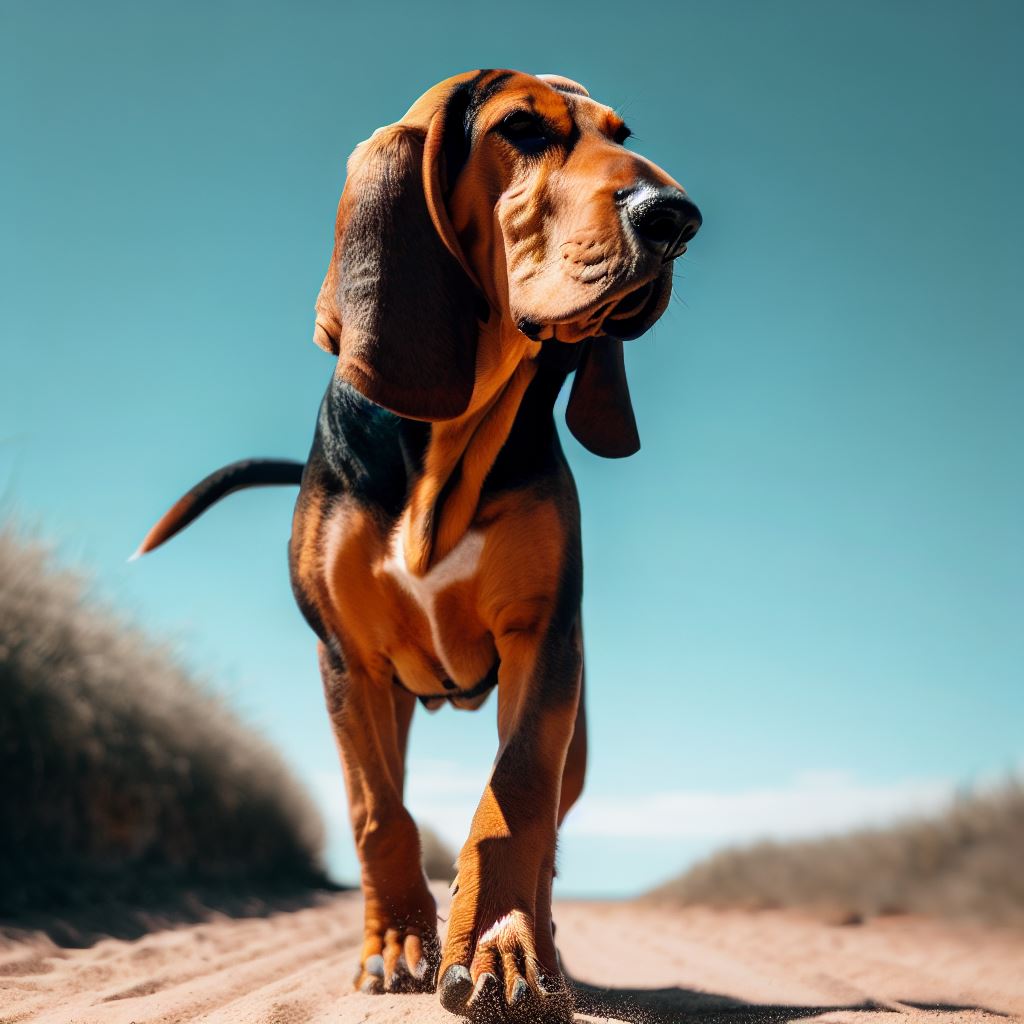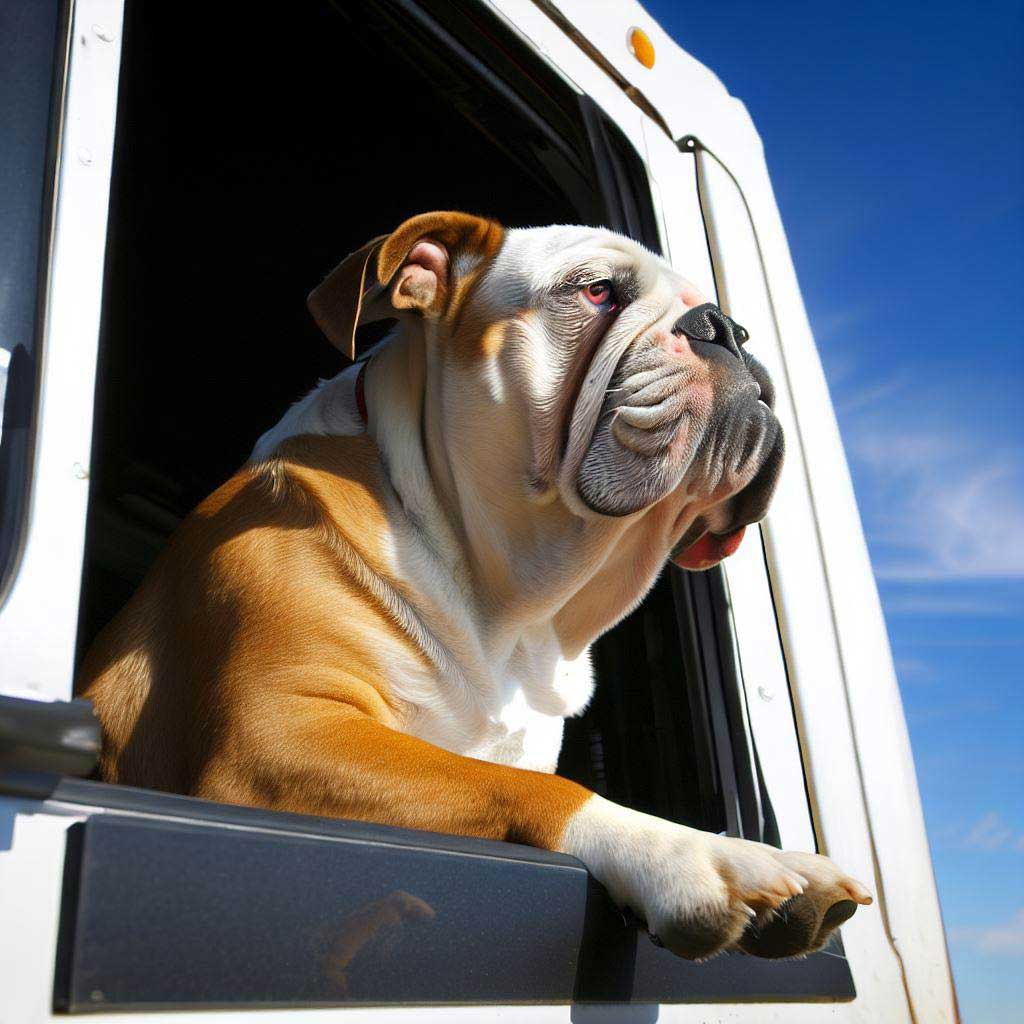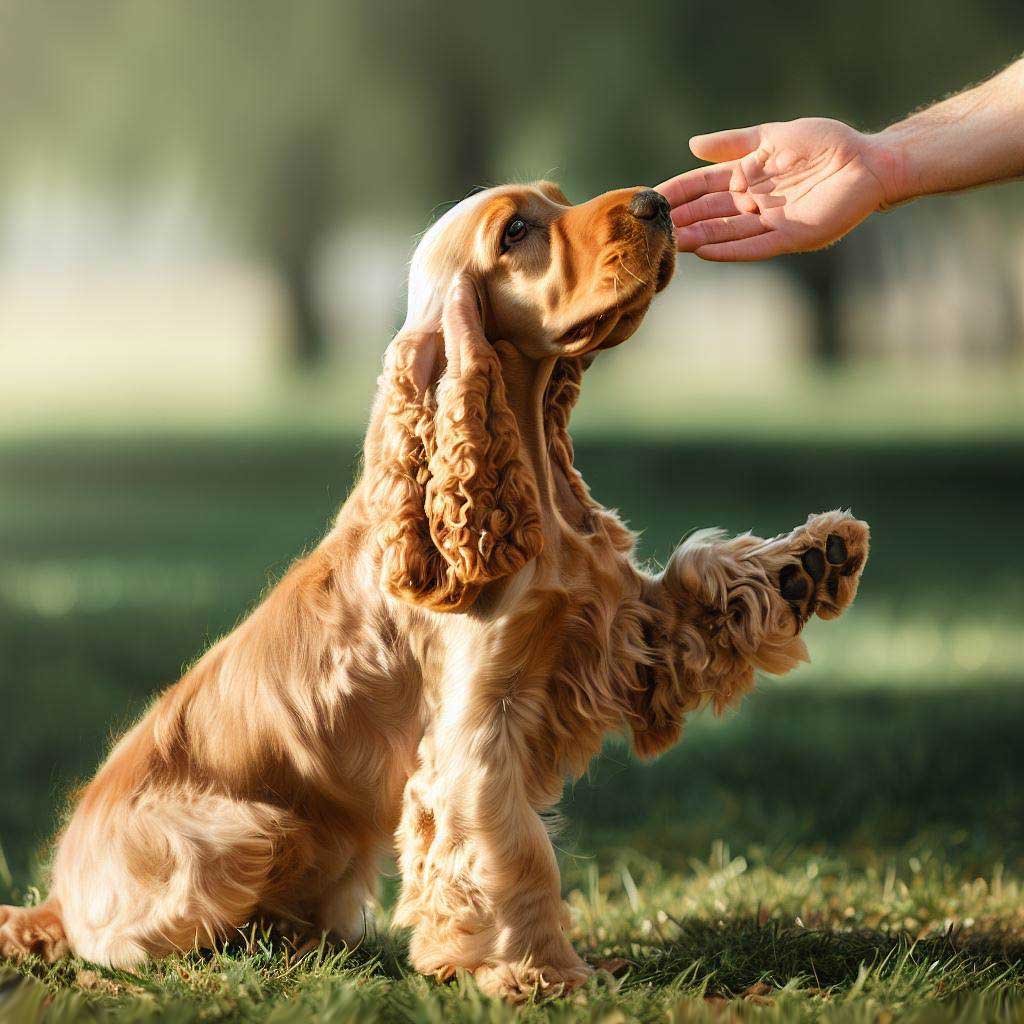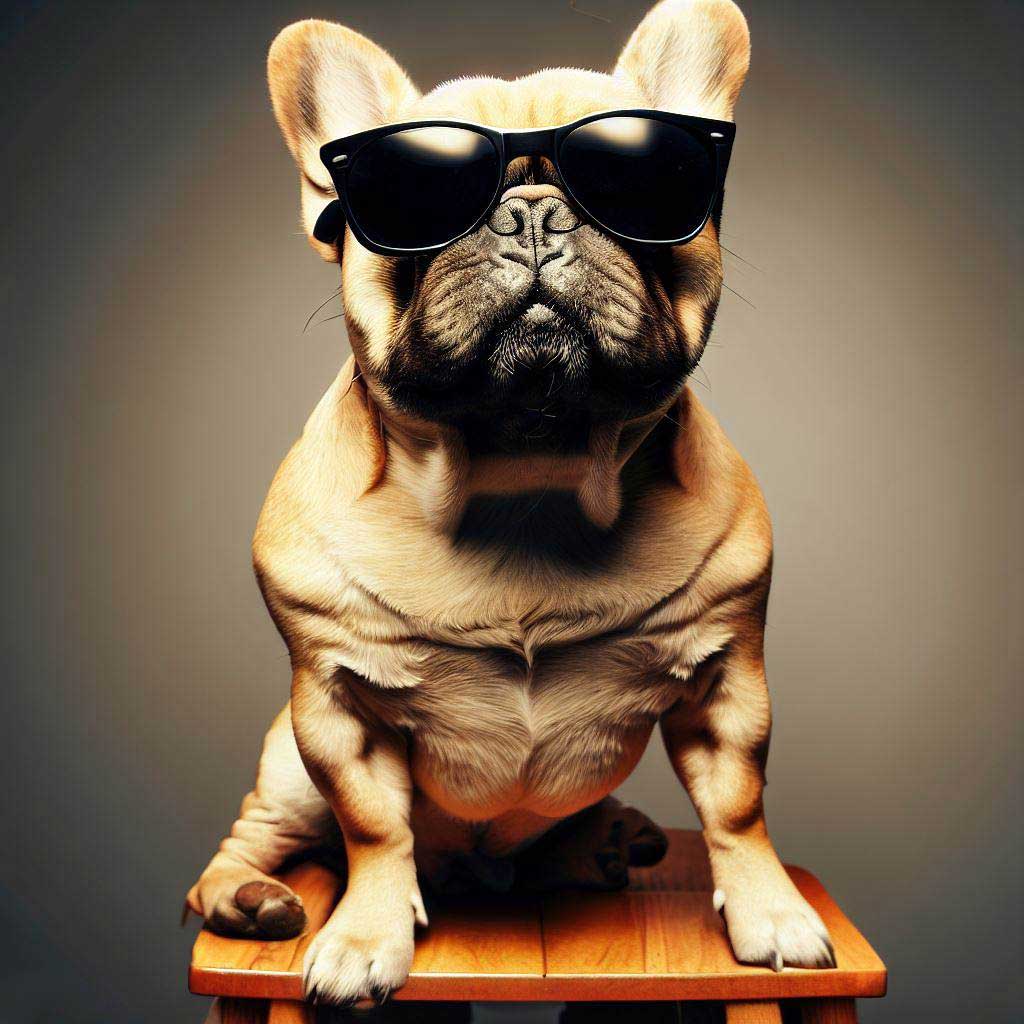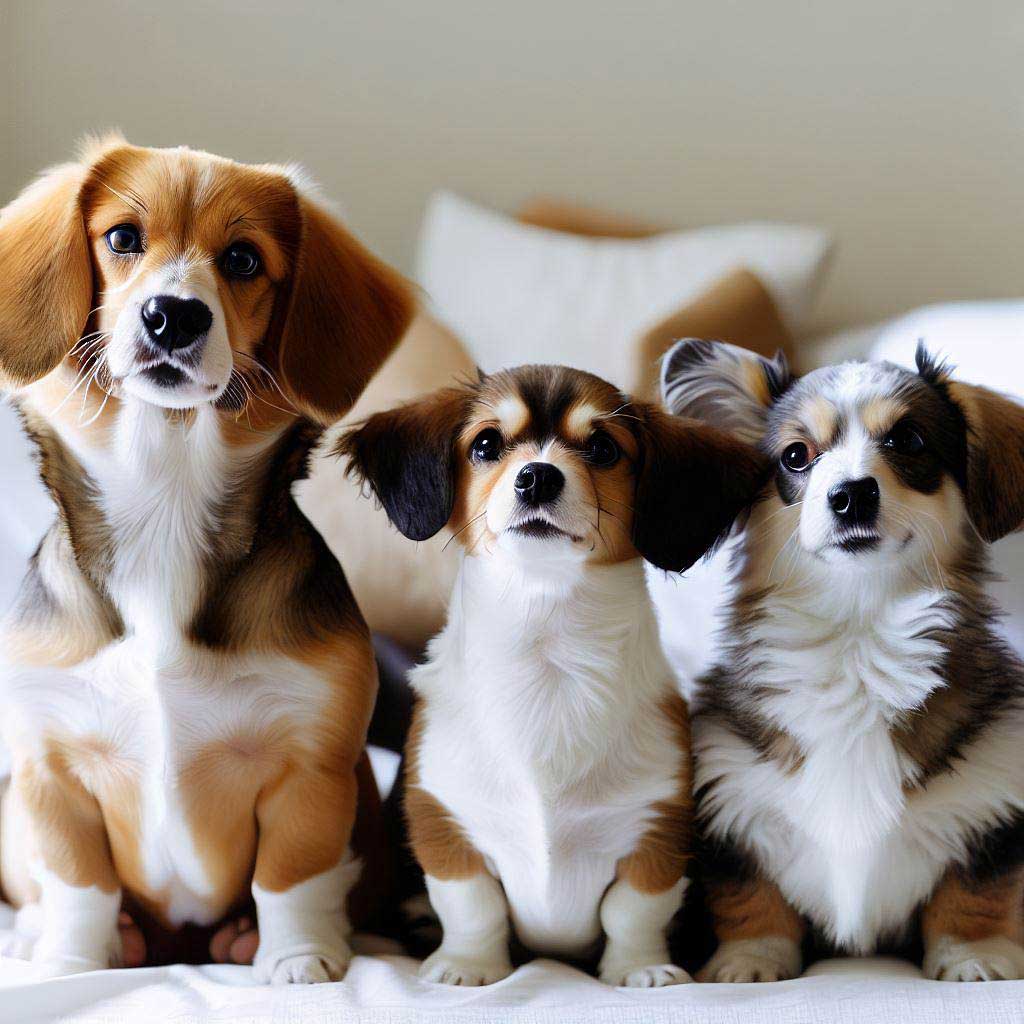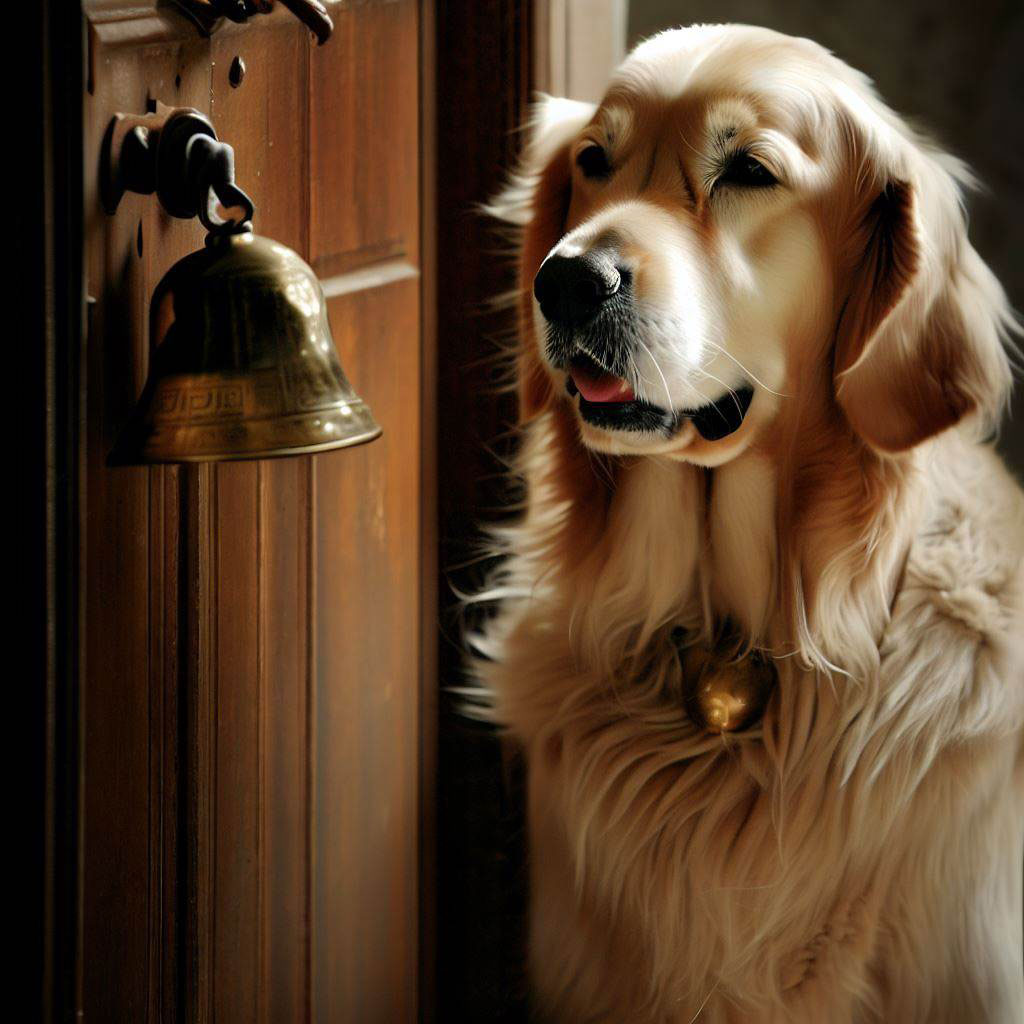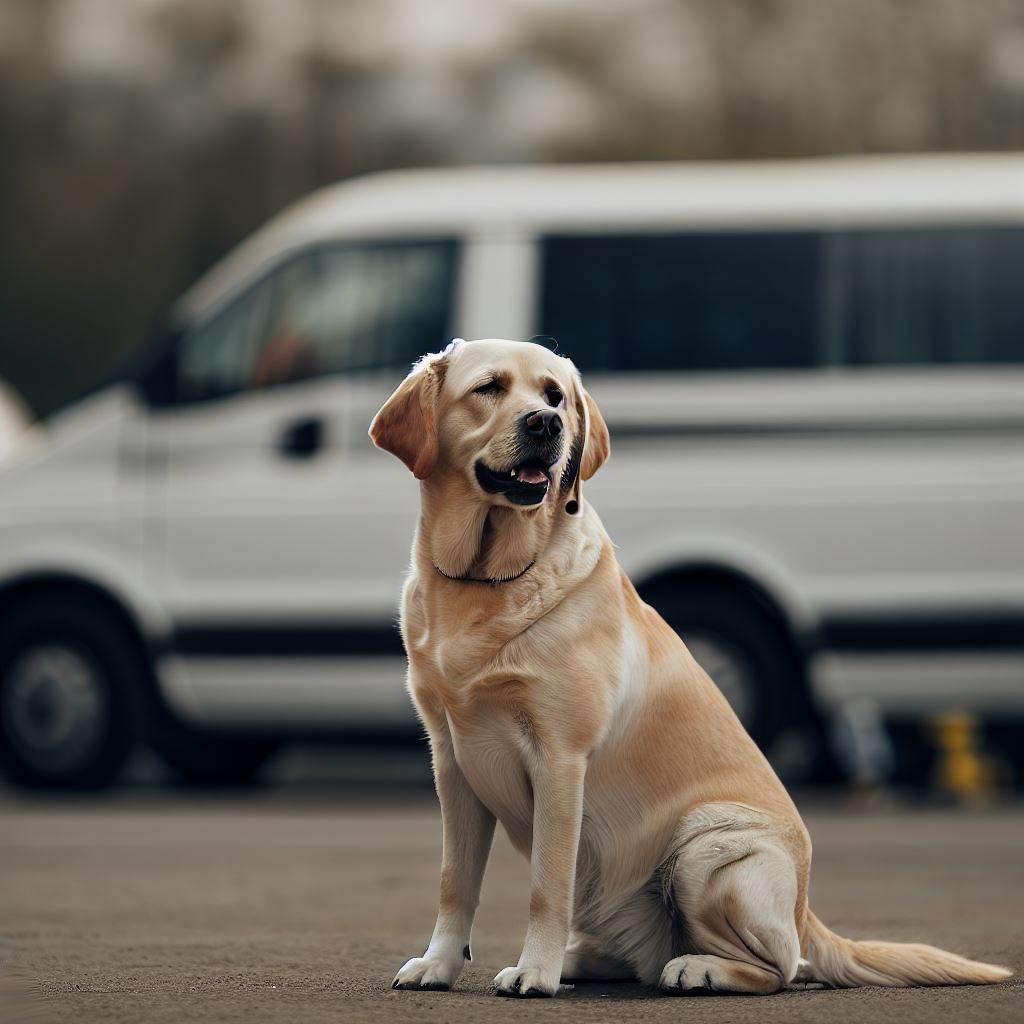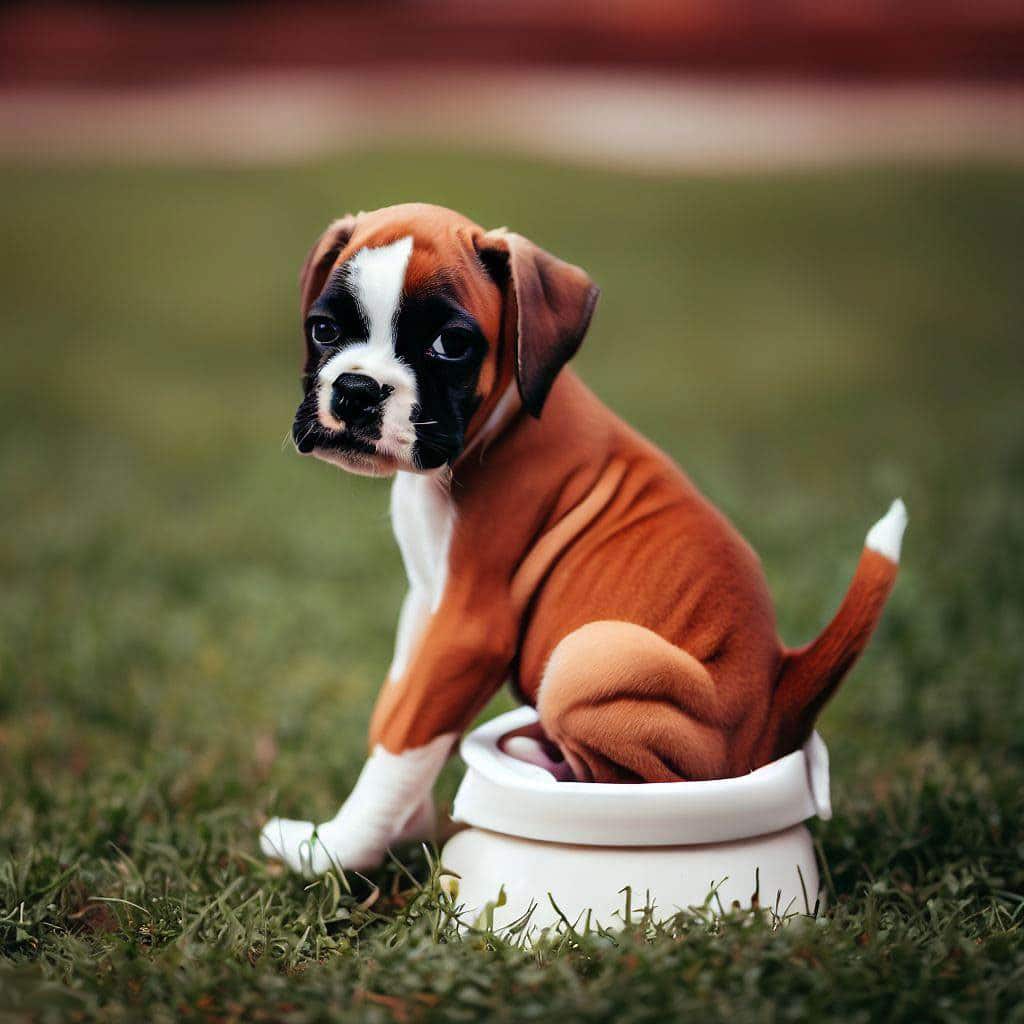Table of Contents
ToggleTracking With the Best: Unlocking the Secrets of Highly Effective Tracking Dogs
Are you ready to uncover the extraordinary abilities of highly effective tracking dogs? Look no further as we delve into the secrets behind these remarkable canine companions. Whether it’s locating missing persons, identifying wildlife, or assisting in criminal investigations, tracking dogs are an invaluable asset in a variety of situations.
In this article, we will explore the ins and outs of tracking dogs and how they are trained to track scents with impeccable accuracy. Discover the fascinating methods used to transform these canines into tracking experts, from honing their natural instincts to understanding scent differentiation. We’ll also explore the different breeds that excel in tracking tasks and discuss their unique characteristics that contribute to their success.
With their incredible sense of smell and unwavering determination, tracking dogs create a powerful partnership with their handlers. From the moment they hit the trail, these dogs tirelessly follow the scent until they achieve their objective, making them an indispensable tool for search and rescue teams, law enforcement agencies, and more.
So, join us as we uncover the secrets of these highly effective tracking dogs and gain a new appreciation for the incredible skills they possess.
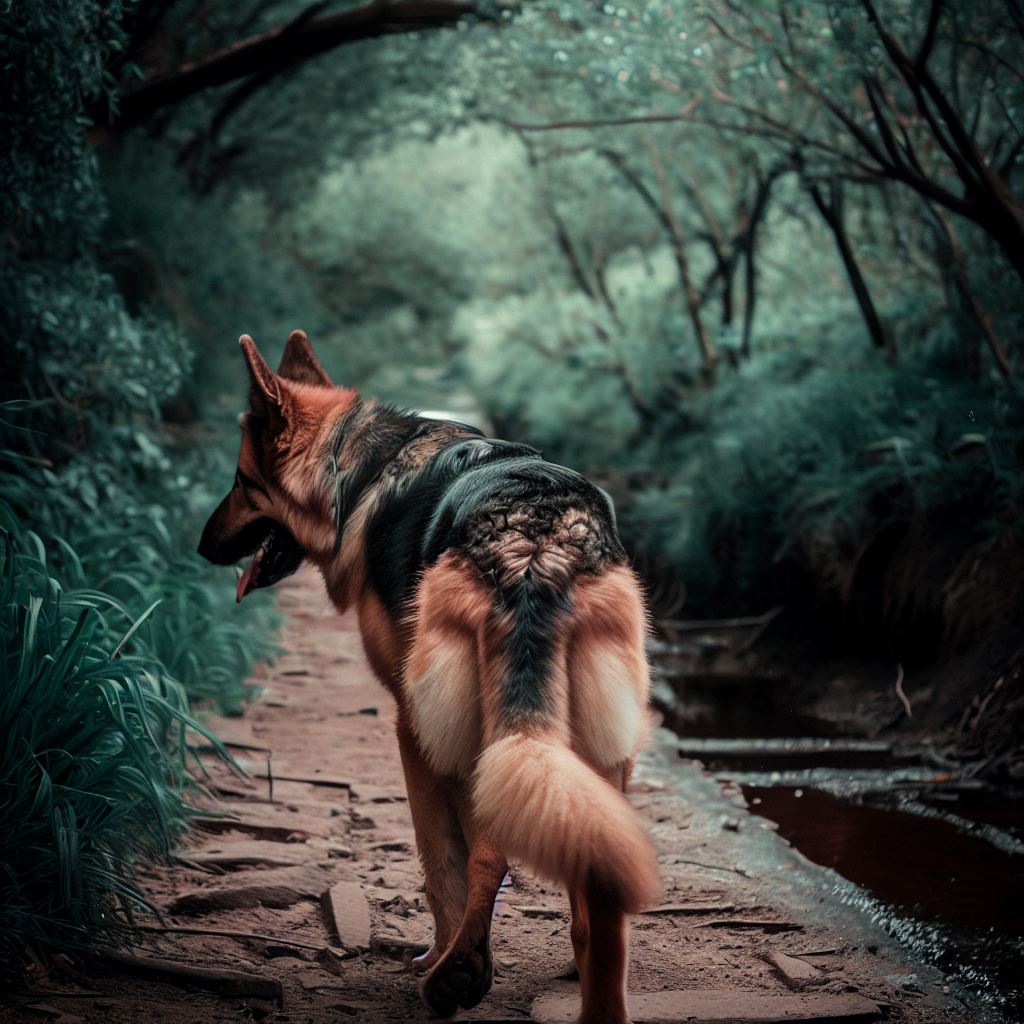
The role of tracking dogs in search and rescue operations
Tracking dogs play a crucial role in search and rescue operations, where every second counts. These highly skilled canines are trained to track the scent of missing persons, often in challenging environments. Their keen sense of smell allows them to detect even the faintest scent, leading search teams to individuals who might otherwise remain undiscovered.
In search and rescue operations, tracking dogs work alongside their handlers, who guide them through the search area. These dogs are trained to follow the scent trail left by the missing person, disregarding distractions and staying focused on the task at hand. With their exceptional tracking abilities, these dogs have saved countless lives and brought relief to worried families.
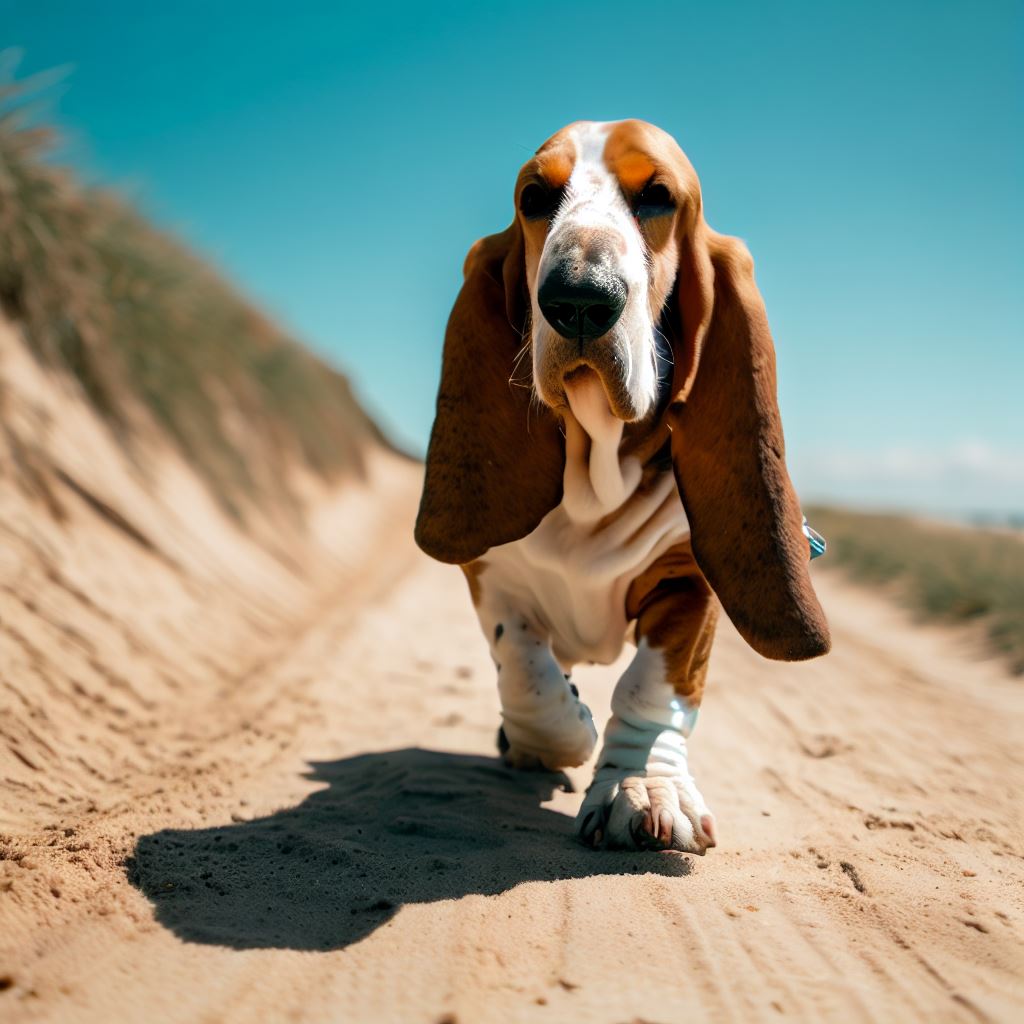
The characteristics of highly effective tracking dogs
Highly effective tracking dogs possess a unique set of characteristics that contribute to their success in tracking tasks. One of the most important traits is a strong prey drive, which motivates the dog to pursue scents with relentless determination. This drive, combined with intelligence and an excellent sense of smell, allows these dogs to overcome challenges and locate targets efficiently.
Additionally, tracking dogs must be physically fit and have the stamina to cover long distances while maintaining focus. They must also be highly trainable and responsive to commands from their handlers. These characteristics ensure that tracking dogs can perform their duties effectively in a variety of environments and situations.
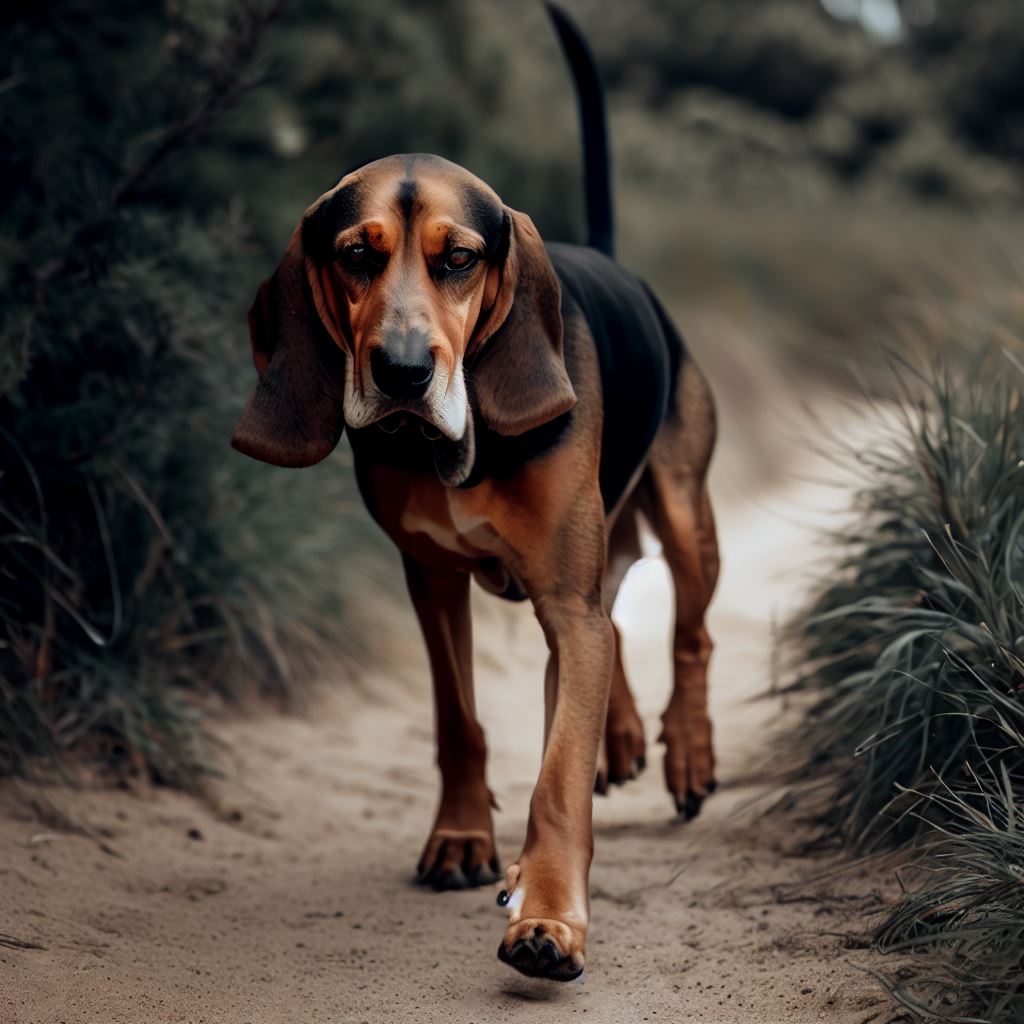
Training methods for tracking dogs
Training tracking dogs is a meticulous process that builds upon their natural instincts and enhances their tracking abilities. The training begins with basic obedience and socialization, establishing a solid foundation for the dog’s future tracking skills.
As the training progresses, dogs are introduced to scent discrimination exercises, where they learn to differentiate between scents and focus on the specific scent they are tracking. This helps them stay on track and avoid distractions. Dogs are trained to follow a scent trail using a variety of training aids, such as scent articles or scent trails laid by trainers.
Positive reinforcement techniques, such as rewards and praise, are used to encourage and motivate the dogs throughout the training process. This creates a positive association with tracking tasks and reinforces the desired behaviors. The training continues with progressive challenges, gradually increasing the difficulty and complexity of the tracking scenarios.
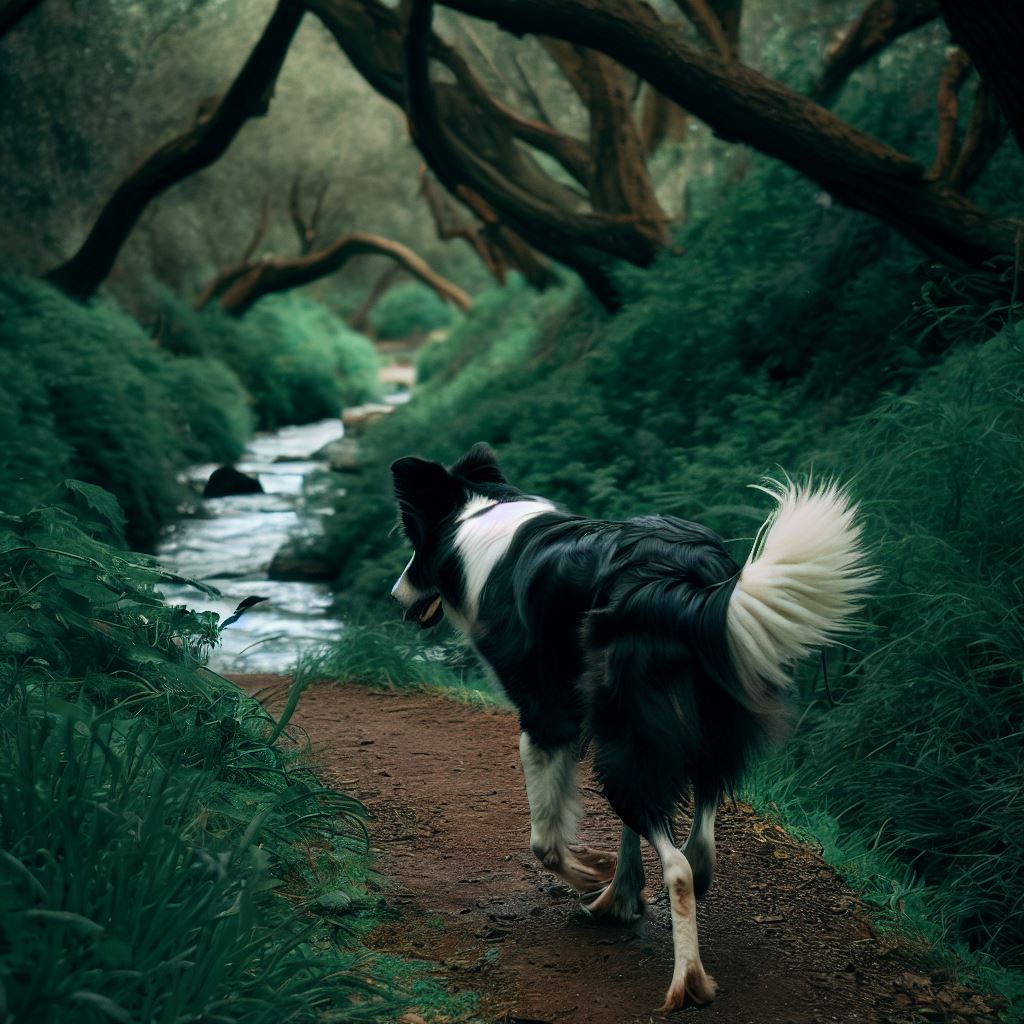
Tracking dog breeds and their unique abilities
Certain breeds are known for their exceptional tracking abilities and are often selected for tracking tasks. One such breed is the Bloodhound, renowned for its incredible sense of smell and tracking skills. Bloodhounds have the ability to track scents over long distances and are often used in search and rescue operations.
German Shepherds are another popular breed for tracking due to their intelligence, athleticism, and versatility. They excel in various tracking tasks, including searching for missing persons and detecting illicit substances. The Belgian Malinois is also highly regarded for its tracking abilities, often employed in law enforcement and military operations.
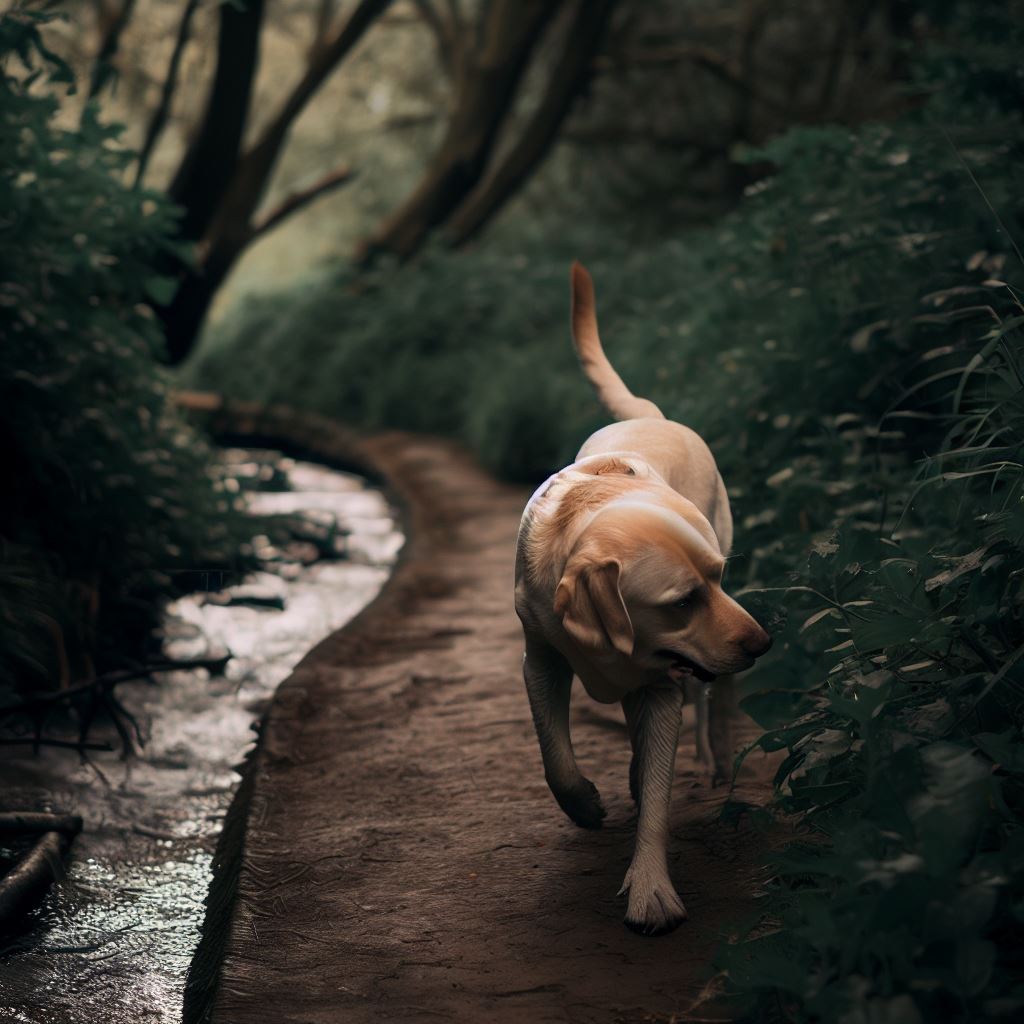
Top 10 Tracking Dog Breeds
| Breed | Main Characteristics for Tracking |
|---|---|
| Bloodhound | - Exceptional scent discrimination ability. |
| - Known for their endurance and determination. | |
| - Often used in search and rescue missions and criminal investigations. | |
| German Shepherd | - Versatile working breed |
| - Strong sense of duty and tenacity. | |
| - Popular choice for police, military, and search and rescue operations. | |
| Belgian Malinois | - Similar to the German Shepherd in capability but often more agile. |
| - Exceptional nose and very trainable. | |
| - Commonly used for detection and police work. | |
| Labrador Retriever | - Natural scenting ability. |
| - Eager to please and highly trainable. | |
| - Often used for search and rescue, as well as detection tasks. | |
| Coonhound | - Especially adept at tracking game. |
| - Strong nose and determination. | |
| - Can track both on the ground and in the air (treeing). | |
| English Springer Spaniel | - Energetic and agile. |
| - Often used in search and rescue missions due to their keen sense of smell. | |
| Border Collie | - Extremely intelligent and eager to work. |
| - Good scenting abilities combined with agility and stamina. | |
| Basset Hound | - Short but have a profound sense of smell, second only to the Bloodhound. |
| - Stubborn and determined trackers. | |
| Beagle | - Small, but with a powerful nose. |
| - Persistent trackers, especially suited for smaller game. | |
| Golden Retriever | - Highly trainable and eager to please. |
| - Reliable scenting ability and often used in search and rescue operations. |
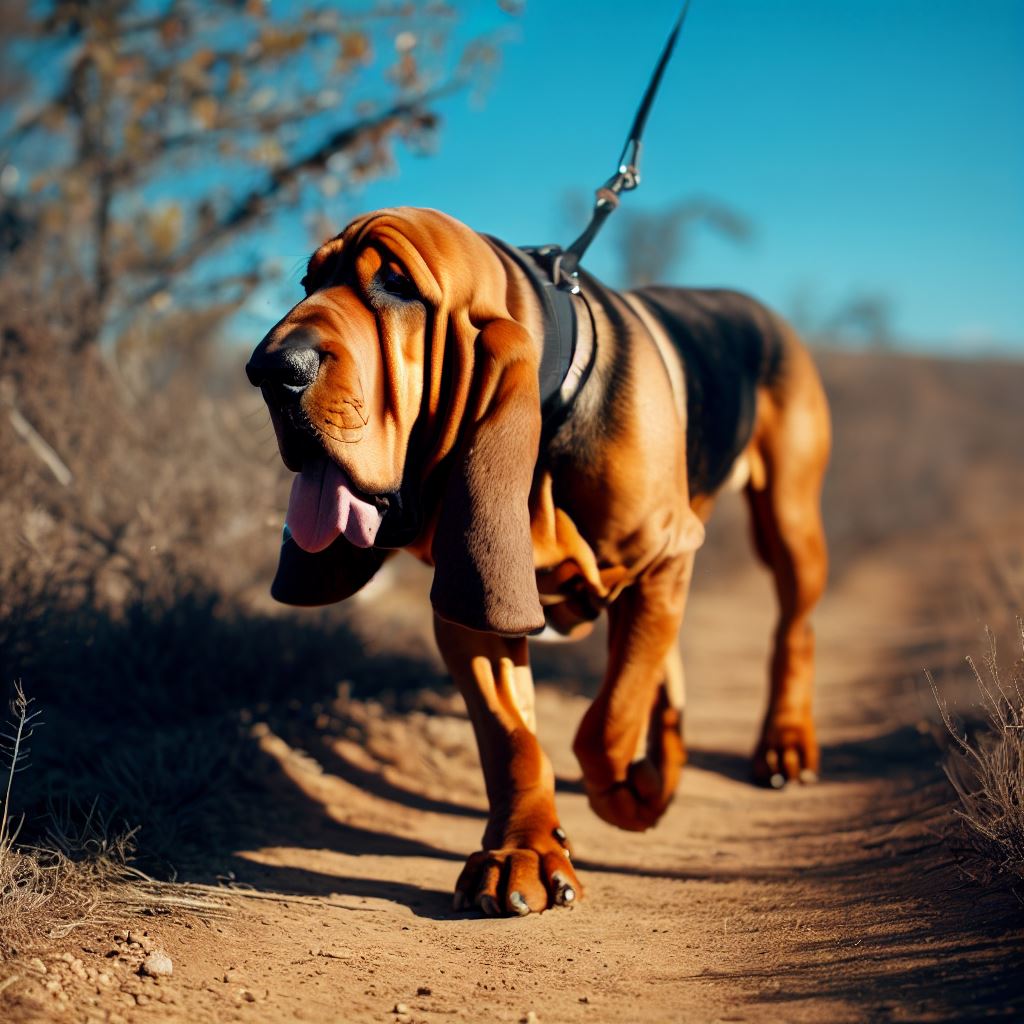
Equipment and tools used in tracking dog operations
Tracking dogs rely on specific equipment and tools to carry out their duties effectively. One essential tool is a well-fitted tracking harness, which allows the dog to move freely while providing control to the handler. The harness distributes the dog’s pulling force evenly, preventing strain or injury.
In addition to a harness, tracking dogs often wear a GPS tracking collar, which allows their handlers to monitor their location during search operations. This technology provides real-time information and enhances safety for both the dog and the handler. Other equipment used includes long leads or lines for control and communication between the handler and the dog.
The importance of scent detection in tracking dogs
The incredible sense of smell possessed by tracking dogs is the key to their tracking success. Dogs have up to 300 million olfactory receptors, compared to the mere 6 million in humans. This heightened sense of smell allows them to detect and differentiate scents that are imperceptible to us.
During training, tracking dogs are taught to focus on specific scents and ignore others. They learn to distinguish between different scents, including identifying the target scent amidst a variety of distractions. This ability to discriminate scents is crucial in tracking scenarios, where the dog must stay on track despite encountering other scent sources.
Real-life success stories of highly effective tracking dogs
The remarkable abilities of tracking dogs have been showcased in numerous real-life success stories. One such story involves a German Shepherd named Max, who located a missing child in dense woodland after hours of searching. Max’s tracking skills led the search team directly to the child, who was found unharmed and reunited with their family.
Another notable success story involves a Bloodhound named Daisy, who helped solve a cold case by locating crucial evidence. Daisy’s tracking skills led investigators to a hidden burial site, providing the necessary evidence to solve the long-standing mystery and bring closure to the victim’s family.
These stories highlight the invaluable contributions of tracking dogs in various scenarios, demonstrating their ability to locate missing persons, solve crimes, and provide critical assistance to law enforcement agencies and search and rescue teams.
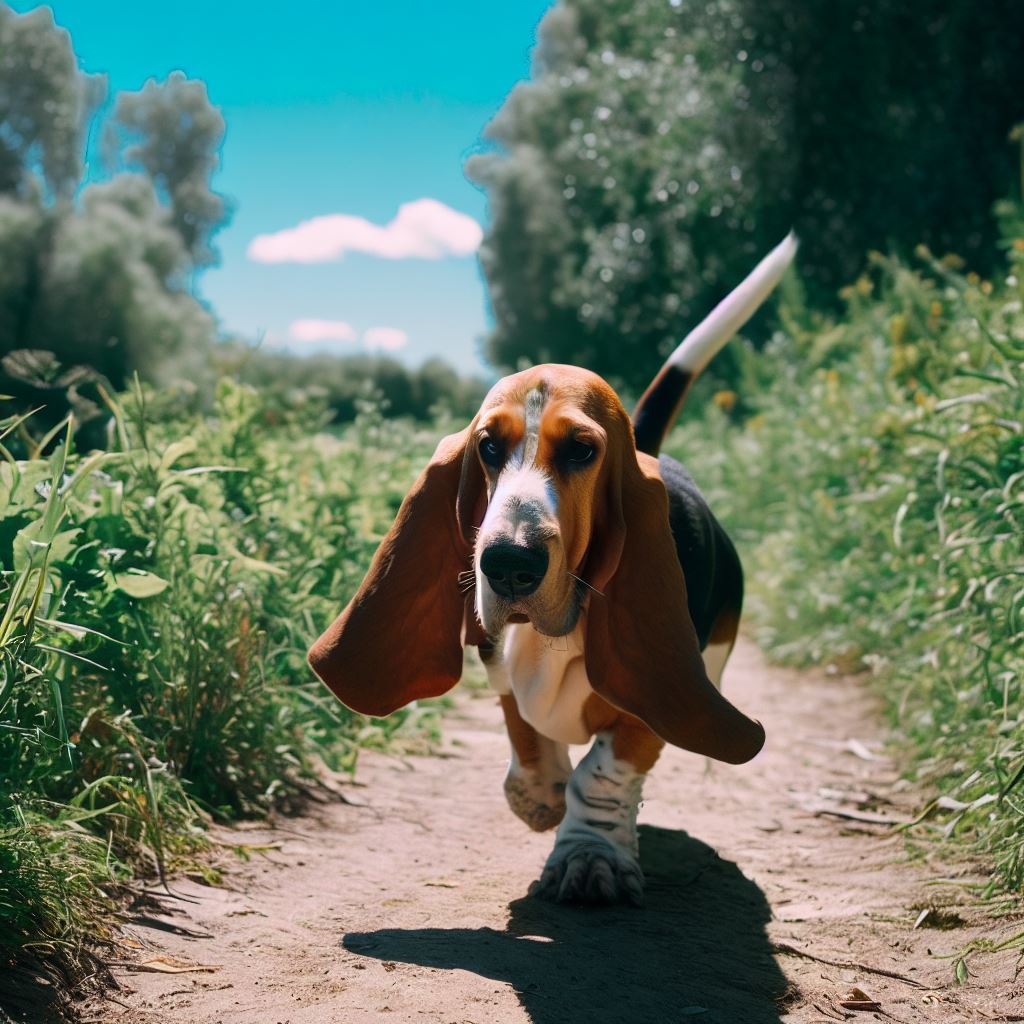
Tips for working with tracking dogs in different environments
Working with tracking dogs requires careful preparation and understanding of the environment in which they will be deployed. Here are some tips for maximizing the effectiveness of tracking dogs in different scenarios:
- Familiarize the dog with the search area before deployment to reduce distractions and improve focus.
- Consider weather conditions and how they may affect scent trails, as wind and rain can impact scent dispersal.
- Communicate effectively with the dog through consistent commands and signals that they have been trained to understand.
- Maintain the dog’s physical and mental well-being by providing regular breaks, hydration, and appropriate rest periods.
By following these tips, handlers can optimize the performance of tracking dogs and increase the chances of a successful tracking operation.
Tracking dog certification and accreditation
To ensure the reliability and professionalism of tracking dog teams, certification and accreditation programs are in place. These programs assess the competency and proficiency of both the dog and the handler. Certification typically involves demonstrating the dog’s ability to track scents accurately and follow commands from the handler.
Accreditation programs often have rigorous standards and require ongoing training and testing to maintain certification. These programs promote the highest level of proficiency and ensure that tracking dog teams are prepared to handle various tracking scenarios effectively.
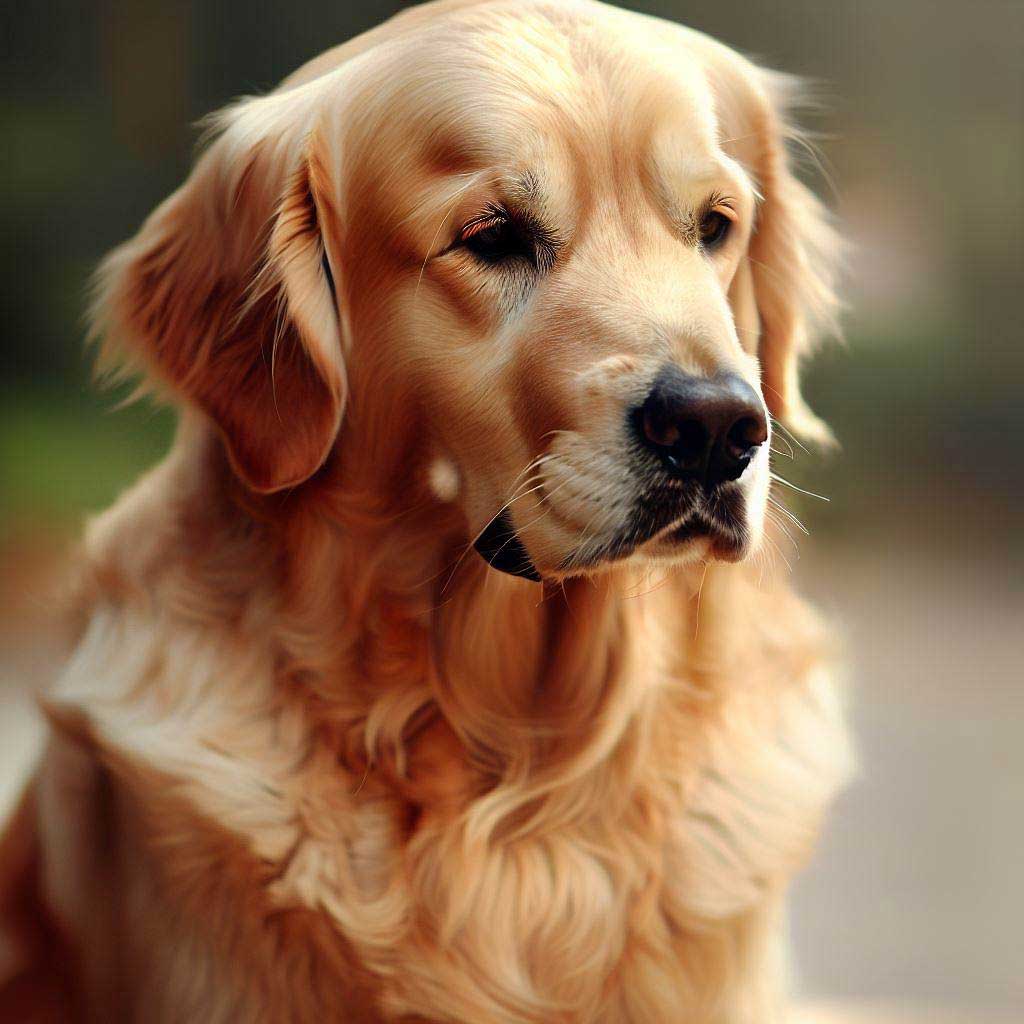
Conclusion: the future of tracking dog technology and advancements
As technology continues to advance, so does the field of tracking dog operations. New tools and techniques are being developed to enhance the capabilities of tracking dogs, making them even more effective in their tasks. GPS tracking collars and improved scent detection methods are just a few examples of how technology is contributing to the evolution of tracking dog operations.
In the future, we can expect to see further advancements in tracking dog technology, including the integration of artificial intelligence and improved communication systems between dogs and their handlers. These advancements will continue to enhance the capabilities of tracking dogs and solidify their position as indispensable assets in various fields, from search and rescue to law enforcement.
Tracking dogs are truly remarkable creatures, possessing exceptional skills that make them invaluable in a range of situations. Their ability to track scents with unwavering accuracy and determination is a testament to their training and the strong bond they form with their handlers. Through their tireless efforts, tracking dogs save lives, solve crimes, and provide comfort to those in need. So, the next time you hear about a successful search and rescue operation or a solved case, remember the extraordinary contributions of these highly effective tracking dogs.
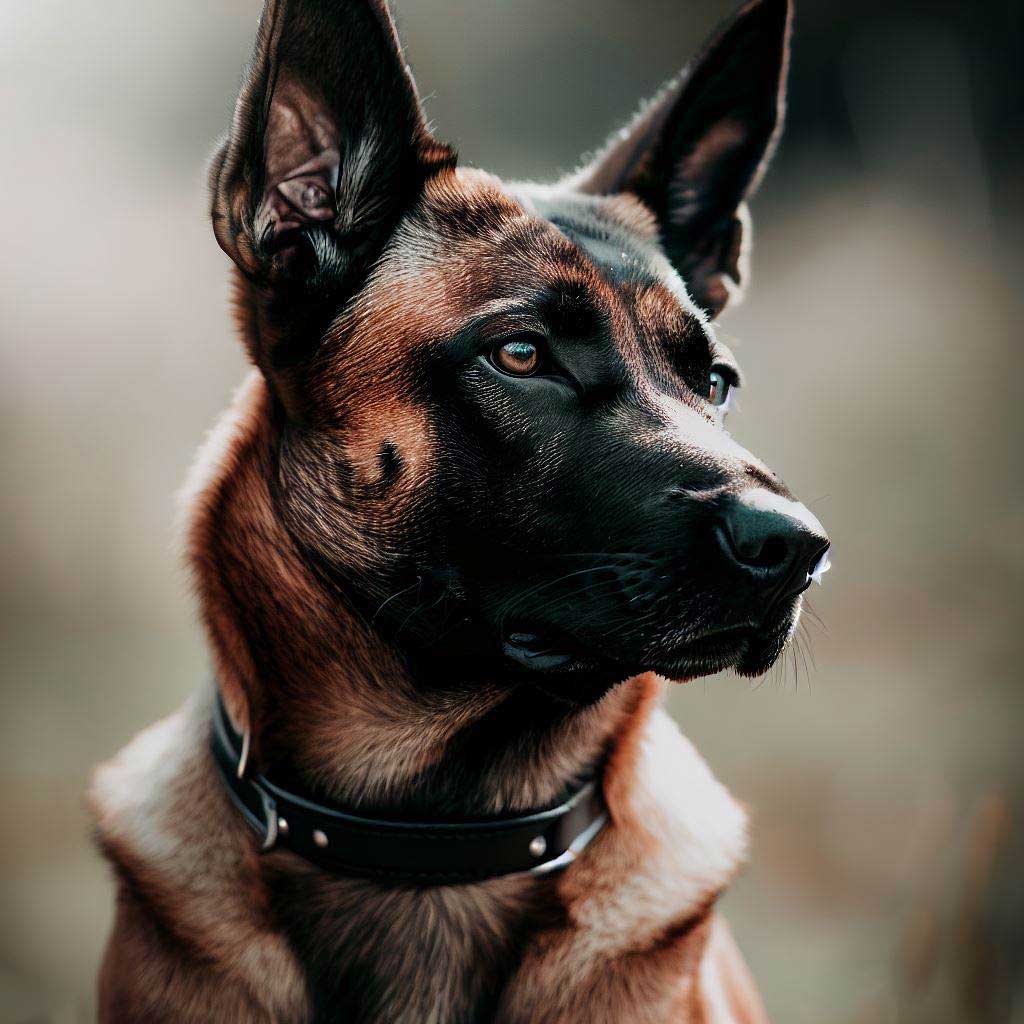
FAQ: Best Tracking Dogs
Which dog has the best tracking skill?
The Bloodhound is often regarded as the pinnacle when it comes to tracking skills. Their innate ability, combined with their determination and stamina, makes them unparalleled in the world of scent tracking.
What dog has the best nose for tracking?
The Bloodhound holds the title. Their olfactory system is highly developed, and they have an unmatched ability to discriminate scents, even over long distances.
What dogs are good for scent tracking?
Multiple breeds excel at scent tracking, including Bloodhounds, German Shepherds, Belgian Malinois, Labrador Retrievers, and Beagles, among others.
What breed of dog is best for tracking deer?
Coonhounds, particularly the Black and Tan Coonhound, are often preferred for tracking deer due to their keen sense of smell and persistent tracking nature.
Can any dog be trained to track?
While certain breeds have innate tracking abilities, virtually any dog can be trained to track to some extent. However, the level of proficiency may vary depending on the breed and individual dog.
What is the most well trained dog in the world?
It’s hard to pinpoint a single “most well-trained dog,” as many working dogs, like military and police K9s, undergo rigorous training. Breeds like the German Shepherd and Belgian Malinois are among the top contenders due to their roles in high-stakes operations.
Which is the strongest sense in a dog?
The sense of smell is undoubtedly the most potent sense in a dog. Their olfactory system is incredibly advanced, allowing them to detect and discriminate an immense variety of scents.
What dogs can smell snakes?
Jack Russell Terriers, Australian Shepherds, and certain breeds of Coonhounds have been trained effectively to detect snakes. Their keen senses make them apt for this role.
Who is stronger, Labrador or German Shepherd?
In terms of physical strength and protection capabilities, the German Shepherd generally has the edge. However, Labradors have their strengths, particularly in endurance and retrieving tasks.
What kind of dog is used to track lions?
The Rhodesian Ridgeback has a history of being used to track and bay lions in southern Africa. Their agility and courage make them suited for this task.
What is the smartest hunting dog?
The Border Collie is often cited as the most intelligent dog breed, but in terms of hunting intelligence, the German Short-haired Pointer and the English Springer Spaniel are exceptional hunting companions.
What is the number one best hunting dog?
The answer can be subjective and depends on the type of hunting. For bird hunting, the Labrador Retriever often takes the top spot. For larger game, breeds like the Coonhound or German Short-haired Pointer might be preferred. Always consider the specific hunting requirements when choosing a breed.
